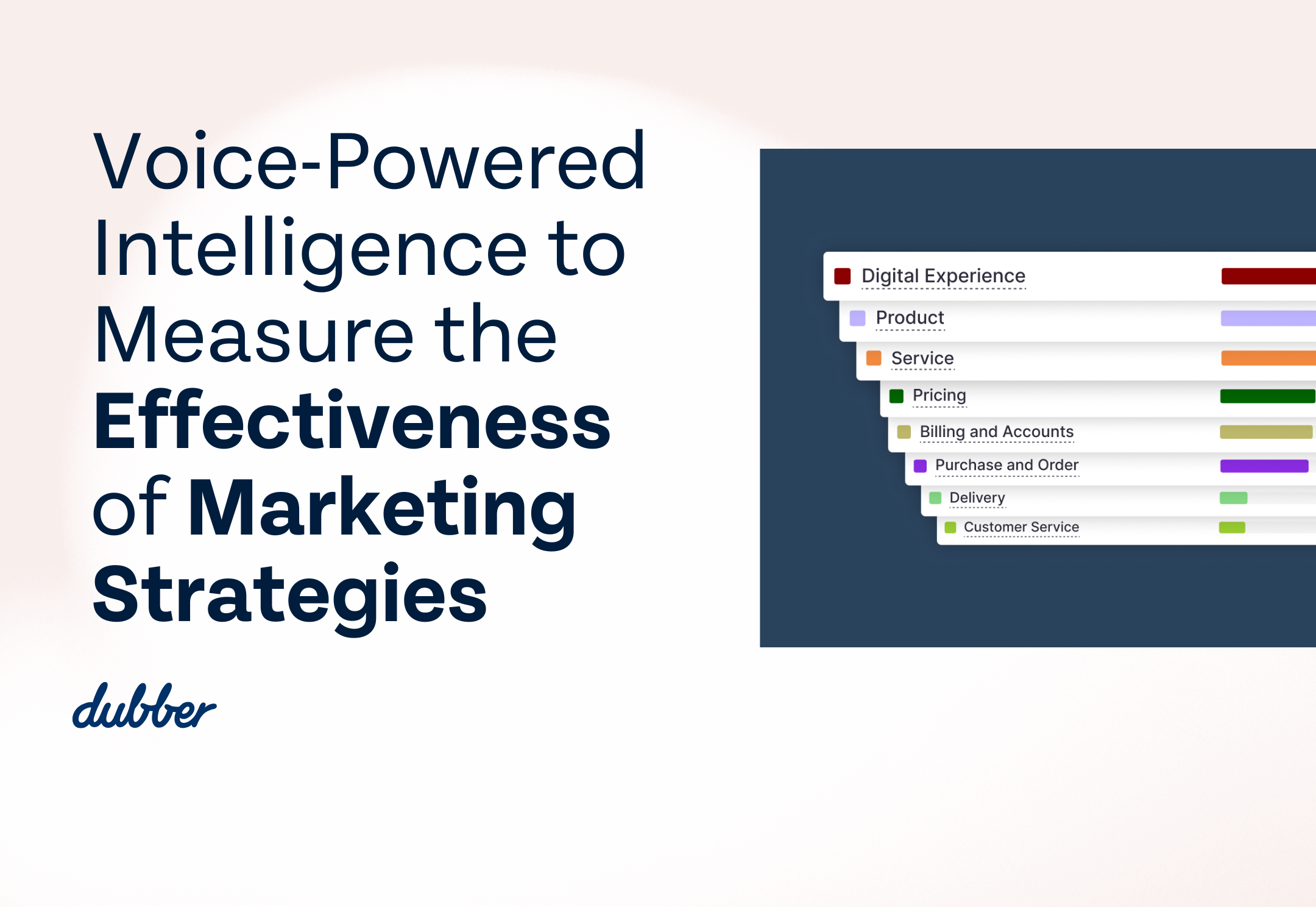

The Fourth Industrial Revolution: beyond phone calls
The third part of our Fourth Industrial Revolution series investigates the ways in which telecommunications service providers will expand their offering beyond phone calls. Part one was an introduction to the Fourth Industrial Revolution, describing the latest wave of digital development; and part two explored intuitive networks and the ways in which cloud technology and 5G will transform telecommunications.
Telecommunications service providers have already adapted to changing consumer demand, adjusting their revenue streams in order to succeed in an evolving marketplace. Data has been important, and a further shift to an internet-based business model will be an opportunity for future revenue growth through the currency of data. The internet of things (IoT) will be a key part of this strategy, with the deployment of sensors, and the potential of analytics and machine a significant revenue opportunity.
New revenue streams
How we work and communicate will be shaped by forward-thinking service providers who provide new services at a low connection cost. Telecommunications service providers are at a significant advantage, due to their existing connectivity and subscriber base. More subscribers mean more data, and those with the analytical capabilities will be able to harness the value held within this data. The telecommunications operators who will succeed will be those with expanded offerings that include cloud-based services such as analytics, system integrations, and APIs that can compete in a crowded marketplace. Their competition will be technology companies and agile startups, so innovation will be key. Service providers will need to ensure that they are not held back by legacy processes, as quick reactions will be vital. Radical change may be in order at board and CEO levels to capitalise on the huge potential for revenue.
Possible areas for development by telecommunications service providers include video and entertainment services, on-demand information services such as maps or booking, retail, mobile financial services, and virtual care provision services for healthcare providers. It is predicted that these new revenue streams could generate up to $142 billion over the next decade and could contribute 15% of total revenue by 2025. New opportunities will also be available in existing spheres covered by telecommunication service providers, such as information security, enterprise mobility management, unified communications, cloud services, and analytics. These areas on their own could contribute an additional $48 billion in profits for network operators and equipment suppliers. These new revenue streams will also create new jobs in order to support service delivery across consumer and enterprise applications.
Disrupting the industry
In order to meet new consumer demand and cement their place in the market, telecommunications service providers will need to recruit digitally-minded workers with implementation knowledge who can drive innovation. Competition will be fierce, and it is predicted that acquisitions and partnerships will be key to driving growth and establishing a place in the market. Scalability will be key for platforms, as well as the integration of front and back end systems, in order to offer a range of products and services to consumers.
With existing infrastructure already in place, telecommunications service providers are well-placed to offer a range of technology-based services to compete with digital service providers. This infrastructure will allow them to disrupt other industries. In a recent survey across global operators, almost a quarter of companies reported that they expect digital services across consumer and enterprise applications to account for more than 25% of total revenues by 2020. The development of new services that are relevant to users will improve customer service, a desirable outcome considering even a 0.5-1% reduction in churn annually has the potential to generate up to $10.3 billion over the next decade. By prioritising customer convenience and value creation, service providers could drive up to $170 billion through time and cost savings for their customers
Environmental impact
The potential travel reduction brought about by these new digital services could see a decrease in carbon emissions of more than 80 million tonnes. Virtual healthcare alone could reduce emissions by 63 million tonnes by allowing patients to speak to doctors in the comfort of their own homes.
Emerging technologies
Technological developments such as augmented reality (AR) and virtual reality (VR) have the potential to change how we communicate with not just each other but the world around us. They could even herald new devices. By 2030, the PC will be 50-years-old and the smartphone almost 15: the future could hold new communication devices and see a move away from screens. A focus on emerging technologies can capture significant value. AR and VR could reshape the ways we receive medical care or go shopping, and confidence in these technologies is already strong, with funding deals for AR and VR reaching $1.1 billion as far back as 2016. Applications of these technologies will be much more varied than their existing use in gaming, with a variety of commercial and industrial applications including healthcare, retail, logistics, real estate, manufacturing, security, training, and data analysis. AR and VR have the potential to evolve how people communicate, learn, work, and consume.
In the fourth part of our Fourth Industrial Revolution series we will explore the future of customer retention; looking at the evolving expectations of customers and the ways in which digital experiences will change over time.

